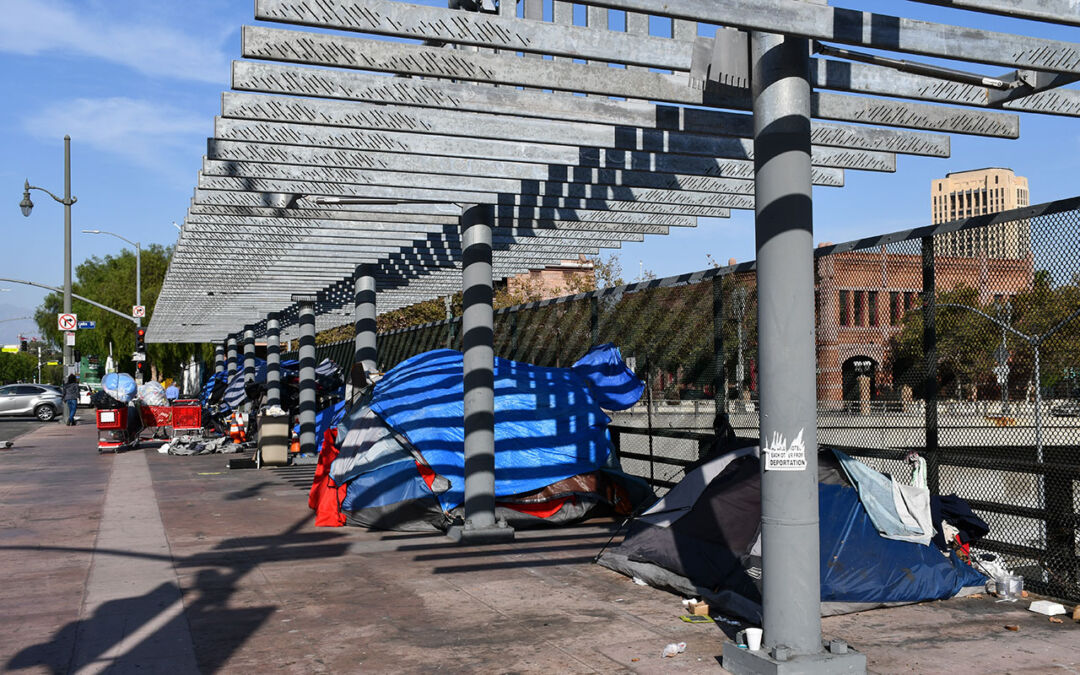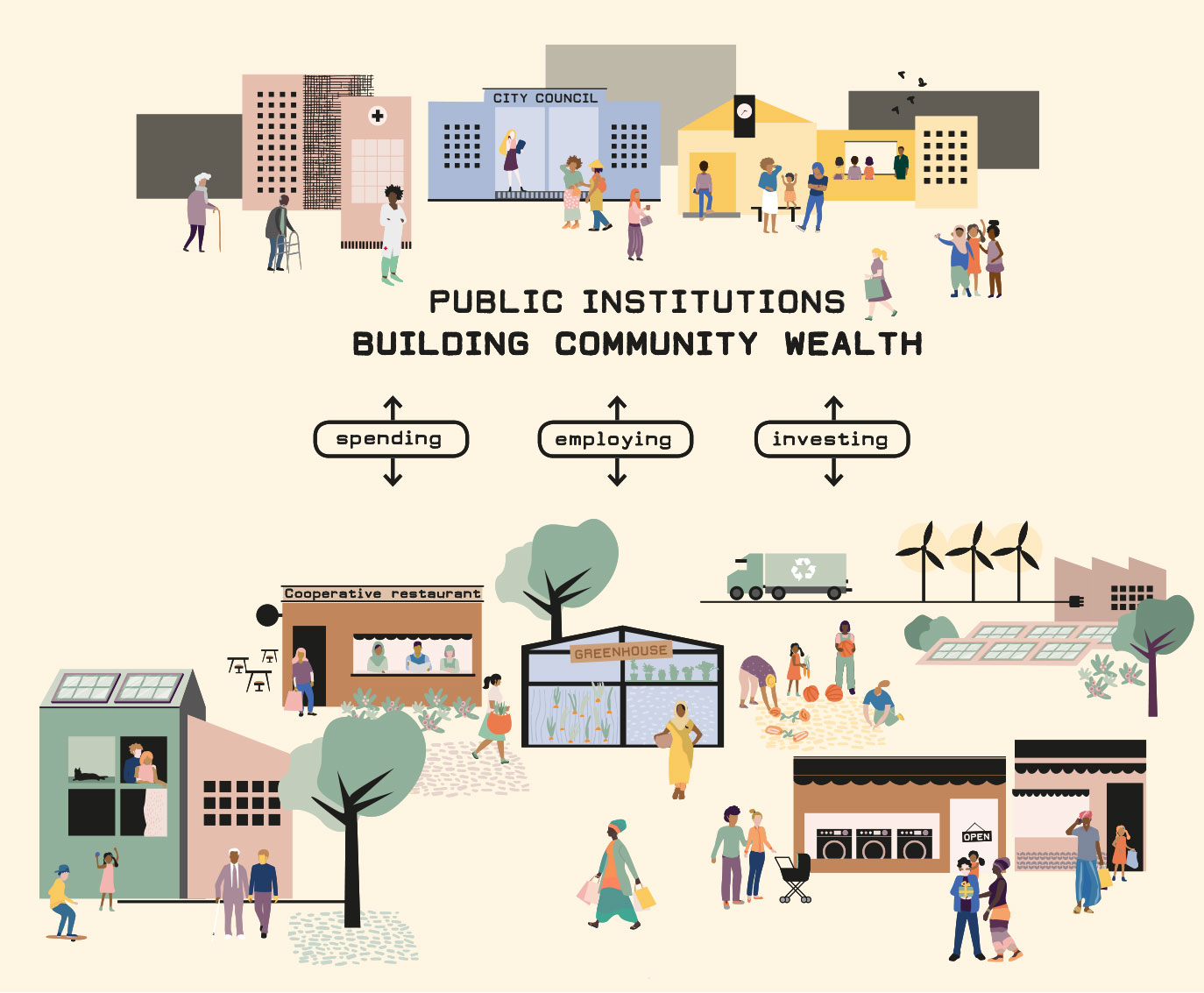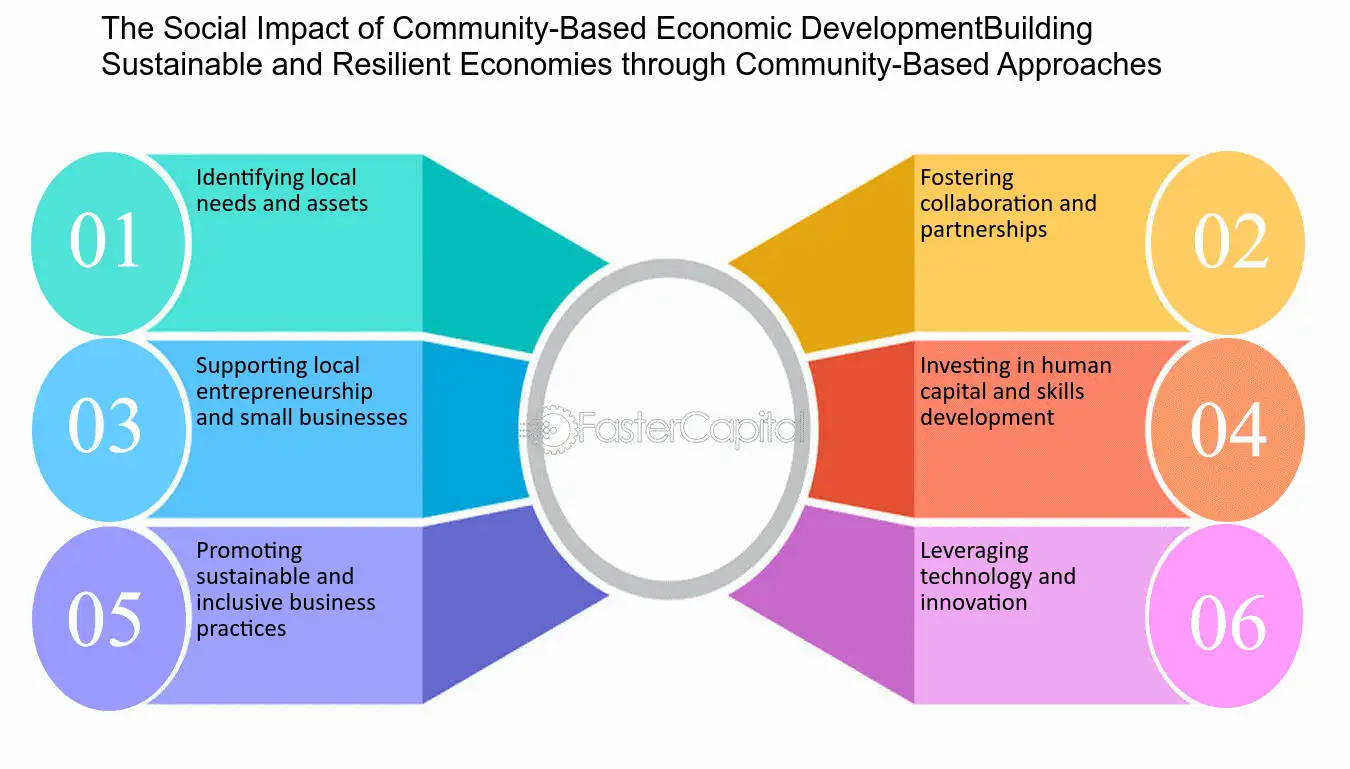At Remin.site, we believe that legacies are more than stories — they’re the roots of resilient communities. But what happens when those communities begin to fray, not because of lack of will, but because of something deeper, quieter, and more systemic? Economic precarity — a condition of constant financial uncertainty — is silently dismantling the social bonds that hold us together.
Economic precarity prevents community building in ways we often overlook. From shrinking trust among neighbors to the disappearance of shared public spaces, the ability to come together, to belong somewhere, is increasingly determined by how secure we are in meeting our basic needs. This article explores how instability undermines connection — and why fixing it must be a collective priority.
Introduction: The Fragile Foundation of Modern Communities
Walk through any major city today, and you’ll see growing signs of alienation — gated apartments, closed-down community centers, and perhaps most hauntingly, rows of tents in alleyways and overpasses. These aren’t isolated problems. They are the surface evidence of a much deeper issue: the erosion of social infrastructure caused by economic insecurity.
When individuals live paycheck to paycheck or in fear of job loss, the last thing on their minds is community potlucks or school board meetings. And yet, these local rituals are precisely what form the heart of strong neighborhoods. Economic fragility chips away at those rituals, forcing people inward — and often, into survival mode.
“Without economic stability, the very fabric of community begins to unravel.”
What Is Economic Precarity?
Definitions and Key Characteristics
So what exactly is economic precarity? It’s not just about poverty. Rather, it’s the condition of being perpetually uncertain about one’s financial future. People in this state may have a job — sometimes even multiple jobs — but no guarantees. Their housing may be temporary. Their savings? Nonexistent. Their futures? Foggy.
Key markers of economic precarity include:
- Unstable or part-time employment with no benefits
- High levels of debt or financial obligation
- Insecure housing or risk of eviction
- Dependence on informal or gig economy work
This phenomenon isn’t just anecdotal. According to Brookings Institution, nearly 44% of American adults are in low-wage jobs with limited upward mobility. Even those who aren’t classified as poor often live on the edge of instability.
Causes of Economic Insecurity
Economic precarity doesn’t arise in a vacuum. It’s the result of broad structural forces:
- Globalization and automation have hollowed out manufacturing and middle-income jobs.
- Policy decisions have led to weakened labor protections, stagnant wages, and cuts to public assistance.
- Skyrocketing housing costs in urban areas make secure living arrangements unaffordable for many.
These conditions produce not just hardship, but a constant state of anxiety. And anxiety is no friend to community engagement.
The Link Between Economic Precarity and Community Breakdown
Impact on Social Trust and Neighborhood Bonds
One of the most tragic effects of economic precarity is the breakdown of social trust. Studies from the Pew Research Center show that when people feel financially insecure, they are less likely to trust their neighbors — or anyone, for that matter.
Imagine working two jobs, worrying about rent, and not knowing if your health insurance will cover an emergency. How much time or emotional energy do you have left to attend a town hall meeting? Volunteer for the PTA? Greet your neighbors?
This breakdown isn’t just personal — it’s systemic. Entire communities start to feel more transient, more suspicious, and ultimately, more fragmented.
Economic Instability and Civic Participation
As economic precarity rises, civic participation falls. Voter turnout, especially in local elections, tends to be lower in economically fragile communities. Participation in school boards, neighborhood associations, and even parent-teacher conferences dwindles.
This leads to a vicious cycle: as fewer voices are heard in decision-making, policies become less representative — often worsening the very economic conditions that prevent participation in the first place.
Loss of Shared Public Spaces and Institutions
Community building doesn’t happen in isolation — it needs physical and cultural space. Yet across the globe, we’re seeing the closure of libraries, recreation centers, and affordable gathering places. These spaces are often the first to go when municipal budgets are slashed.
Privatization of once-public institutions — like healthcare, transport, or even education — means that the ability to belong somewhere is increasingly linked to one’s ability to pay. Without accessible, inclusive spaces, community interaction becomes a luxury, not a right.
Case Studies and Real-World Evidence
The U.S. Homeless Crisis and Urban Fragmentation
Few examples are more vivid than the homelessness crisis unfolding in many U.S. cities. Take Los Angeles, where entire blocks are filled with tents, makeshift shelters, and people navigating the daily trauma of displacement.

According to the National Low Income Housing Coalition, there’s no U.S. state where a full-time minimum wage worker can afford a one-bedroom apartment at fair market rent. As people are priced out of housing, communities fracture — schools lose students, neighborhoods lose continuity, and safety nets begin to fray.
Community Disinvestment in Marginalized Areas
Another sobering example is the disinvestment from low-income and minority neighborhoods. In many cities, schools are being shut down in Black and Latino neighborhoods, while affluent areas see continued investment in infrastructure and safety.

This leads to what the Urban Institute calls “economic segregation” — a geographic and psychological divide that limits cross-cultural interaction and perpetuates cycles of poverty. Once a neighborhood begins to decline, it becomes harder for residents to organize, advocate, or even feel pride in their community.
In the next half of this article, we’ll explore how economic stability fosters stronger communities, introduce practical policy solutions, and share success stories from cities that have resisted the trend of fragmentation through bold, community-first economics.
Because at Remin.site, we believe in more than survival — we believe in legacy, in belonging, and in the kind of future that can only be built together.
How Stable Economies Foster Stronger Communities
While economic precarity disrupts connection, stability invites collaboration. When people feel secure in their basic needs—when rent is affordable, work is dependable, and health care isn’t a gamble—they become not only contributors to their households, but also to their communities.
Community Wealth Building Models
In places like Preston, UK, and Cleveland, Ohio, local leaders have adopted community wealth building strategies that redirect economic power back into neighborhoods. Rather than waiting for top-down solutions, these cities invest in local businesses, cooperative ownership, and public infrastructure.

According to The Democracy Collaborative, this approach leads to more equitable local economies and greater resident participation. It’s not just economics — it’s empowerment.
Role of Inclusive Local Economies
When communities control their economic narratives, they grow. That’s why initiatives that prioritize:
- Local hiring
- Community-owned enterprises
- Public banking and credit unions
…create not just jobs, but shared prosperity. These models also promote resilience in times of crisis. During COVID-19, cooperatives and locally grounded businesses often proved more adaptable and committed to their workers than global chains.
“If we want strong communities, we need inclusive economies that put people, not profit, at the center.”
What Can Be Done? Solutions for Strengthening Communities
Policy Solutions: Universal Basic Services and Affordable Housing
Governments play a crucial role in mitigating economic insecurity. By investing in Universal Basic Services (UBS)—such as free public transportation, healthcare, education, and digital access—we level the playing field and reduce isolation.
Affordable housing is equally essential. Models like Vienna’s social housing system demonstrate how long-term public investment creates livable, mixed-income neighborhoods. It’s not about charity. It’s about fairness.
Empowering Local Cooperatives and Grassroots Initiatives
At the local level, support for worker cooperatives, land trusts, and community-led initiatives builds lasting solidarity. These approaches allow people to co-own their resources and futures.
Consider:
- Community land trusts (CLTs) that prevent displacement through collective land ownership
- Worker-owned businesses that share profits and decision-making power
- Local time banks where neighbors trade services based on time instead of money
These aren’t pipe dreams. They are real models, working in places from Oakland to Barcelona. They prove that with creativity and commitment, we can build economies that serve people — not the other way around.
Conclusion: Building Resilience Through Economic Justice
At Remin.site, we hold a deep belief that community isn’t just a place — it’s a living legacy. When economic precarity tears at the threads of trust, connection, and care, it doesn’t just harm the present. It jeopardizes what we pass on.
Economic precarity prevents community building, but it’s not irreversible. We can choose to invest in one another — not just through money, but through shared infrastructure, equitable systems, and inclusive participation. We can rethink how our neighborhoods function and who they’re for. And most importantly, we can remember that no one should have to carry the weight of survival alone.
Because death is not the end — it’s the beginning. And so is every choice we make to ensure our communities endure, with dignity and strength, long after we’re gone.
FAQs About Economic Precarity and Community Building
What is the root cause of economic precarity?
It’s driven by a mix of policy decisions, automation, weakened labor rights, and the rising cost of living. Together, these factors create instability even for people who are employed.
Can economic security really strengthen communities?
Yes. When people feel financially stable, they’re more likely to engage with neighbors, participate in civic life, and invest emotionally in where they live.
How can local governments help?
By funding public services, protecting affordable housing, supporting cooperative businesses, and listening directly to marginalized communities.
What role can individuals play?
Support local economies, vote in local elections, advocate for inclusive policies, and participate in community initiatives. Every action counts.
Are there global examples of success?
Yes. Cities like Preston (UK), Cleveland (USA), and Bologna (Italy) are pioneering inclusive, community-first economic models that work.
Want to explore how your memories and values can contribute to a better future? Visit Remin.site — where we protect not only your story, but the world it helped shape.

